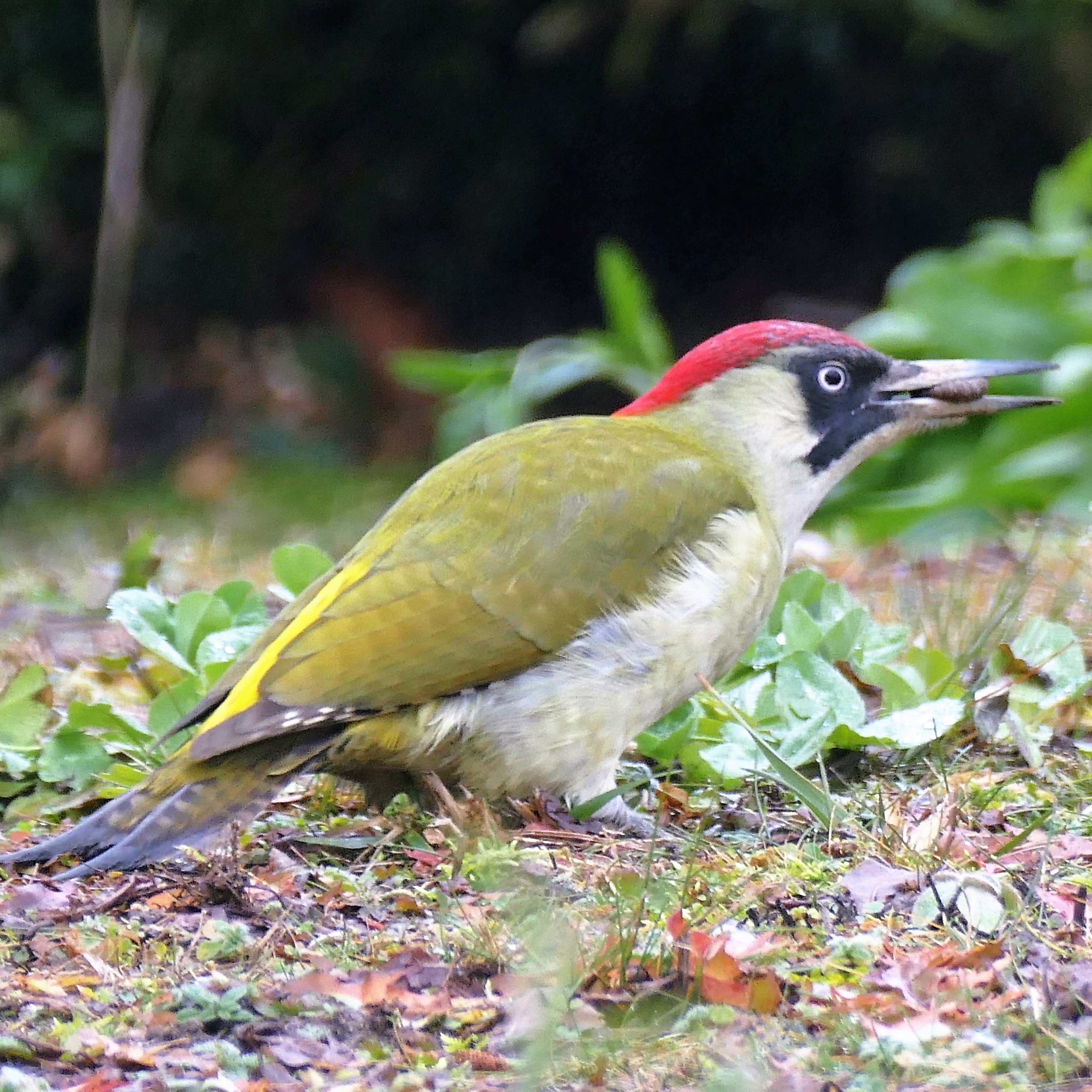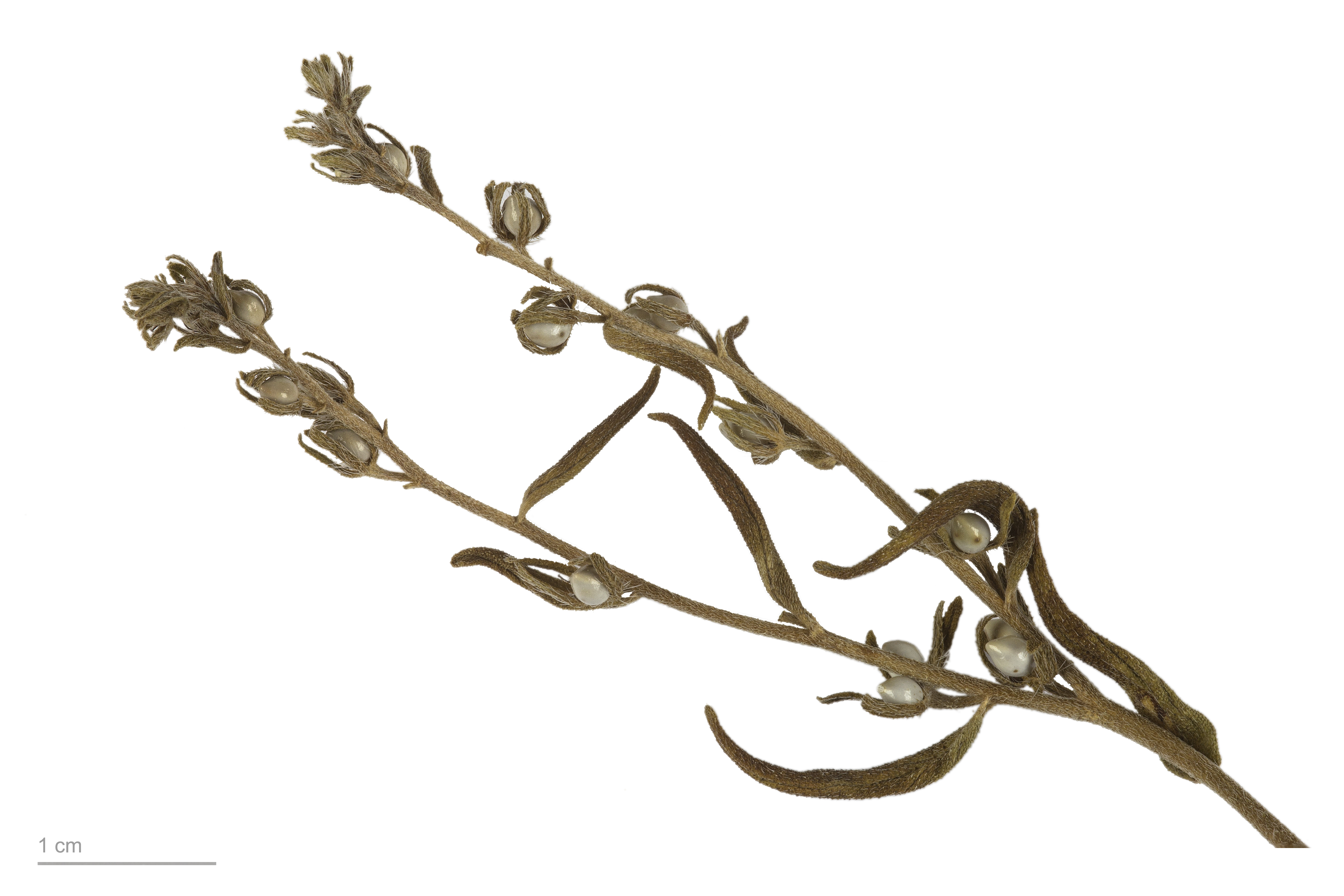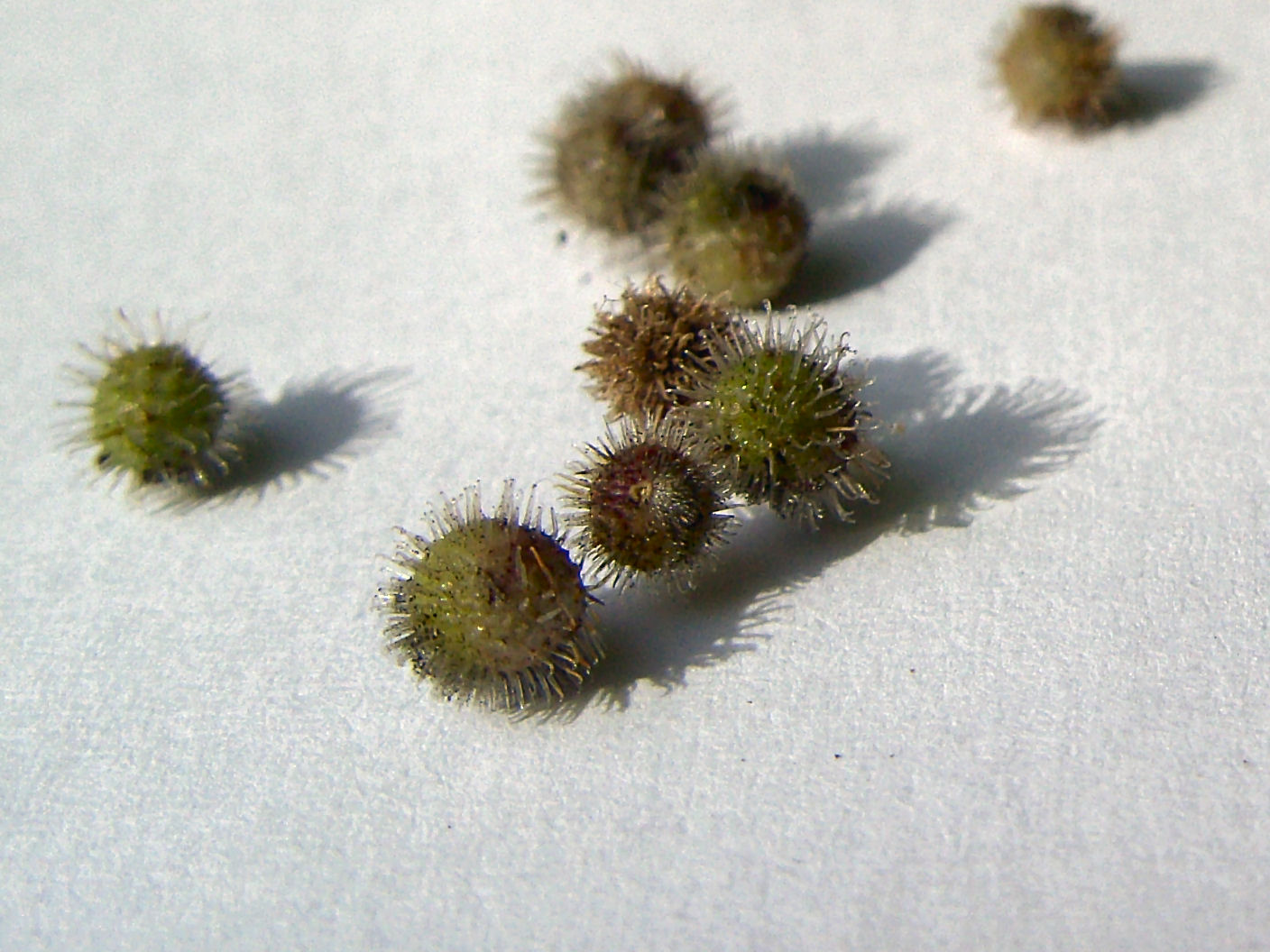|
Frithy And Chadacre Woods SSSI
Frithy and Chadacre Woods is a biological Site of Special Scientific Interest (SSSI) in the parishes of Lawshall and Shimpling in Suffolk, England. Description Three ancient and semi-natural woods form the SSSI, namely Frithy Wood in Lawshall parish and Ashen Wood and Bavins Wood on the Chadacre Estate in Shimpling parish. All three woods are of the wet ash (''Fraxinus excelsior'') / maple (''Acer campestre'') type, with hazel (''Corylus avellana'') also present in considerable quantity. There are pedunculate oak (''Quercus robur'') trees and other tree and shrub species include aspen (''Populus tremula''), wild cherry (''Prunus avium''), midland hawthorn (''Crataegus laevigata''), hornbeam (''Carpinus betulus''), crab apple (''Malus sylvestris''), holly (''Ilex aquifolium''), spindle (''Euonymus europaeus'') and common dogwood (''Cornus sanguinea''). The structure of the woods has been greatly influenced by management of the coppice. The three woods have a diverse woodland ... [...More Info...] [...Related Items...] OR: [Wikipedia] [Google] [Baidu] |
Site Of Special Scientific Interest
A Site of Special Scientific Interest (SSSI) in Great Britain or an Area of Special Scientific Interest (ASSI) in the Isle of Man and Northern Ireland is a conservation designation denoting a protected area in the United Kingdom and Isle of Man. SSSI/ASSIs are the basic building block of site-based nature conservation legislation and most other legal nature/geological conservation designations in the United Kingdom are based upon them, including national nature reserves, Ramsar sites, Special Protection Areas, and Special Areas of Conservation. The acronym "SSSI" is often pronounced "triple-S I". Selection and conservation Sites notified for their biological interest are known as Biological SSSIs (or ASSIs), and those notified for geological or physiographic interest are Geological SSSIs (or ASSIs). Sites may be divided into management units, with some areas including units that are noted for both biological and geological interest. Biological Biological SSSI/ASSIs may ... [...More Info...] [...Related Items...] OR: [Wikipedia] [Google] [Baidu] |
Mercurialis Perennis
''Mercurialis perennis'', commonly known as dog's mercury, is a poisonous woodland plant found in much of Europe as well as in Algeria, Iran, Turkey, and the Caucasus, but almost absent from Ireland, Orkney and Shetland. includes photos, drawings, and a European distribution map A member of the spurge family (), it is a herbaceous, downy perennial with erect stems bearing simple, serrate leaves. The [...More Info...] [...Related Items...] OR: [Wikipedia] [Google] [Baidu] |
European Green Woodpecker
The European green woodpecker (''Picus viridis'') is a large green woodpecker with a bright red crown and a black moustache. Males have a red centre to the moustache stripe which is absent in females. It is resident across much of Europe and the western Palearctic but in Spain and Portugal it is replaced by the similar Iberian green woodpecker (''Picus sharpei''). The European green woodpecker spends much of its time feeding on ants on the ground and does not often 'drum' on trees like other woodpecker species. Though its vivid green and red plumage is particularly striking, it is a shy bird, and is more often heard than seen, drawing attention with its loud calls. A nest hole is excavated in a tree; four to six eggs are laid which hatch after 19–20 days. Taxonomy The European green woodpecker was formally described by the Swedish naturalist Carl Linnaeus in 1758 in the tenth edition of his ''Systema Naturae'' under its current binomial name ''Picus viridis''. The type lo ... [...More Info...] [...Related Items...] OR: [Wikipedia] [Google] [Baidu] |
Nightingale
The common nightingale, rufous nightingale or simply nightingale (''Luscinia megarhynchos''), is a small passerine bird best known for its powerful and beautiful song. It was formerly classed as a member of the thrush family Turdidae, but is now more generally considered to be an Old World flycatcher, Muscicapidae. It belongs to a group of more terrestrial species, often called chats. Etymology "Nightingale" is derived from "night" and the Old English ''galan'', "to sing". The genus name ''Luscinia'' is Latin for "nightingale" and ''megarhynchos'' is from Ancient Greek ''megas'', "great" and ''rhunkhos'' "bill". Subspecies *western nightingale (''L. m. megarhynchos'') - Western Europe, North Africa and Asia Minor, wintering in tropical Africa *Caucasian nightingale (''L. m. africana'') - The Caucasus and eastern Turkey to southwestern Iran and Iraq, wintering in East Africa *eastern nightingale (''L. m. golzii'') - The Aral Sea to Mongolia, wintering in coastal East Africa ... [...More Info...] [...Related Items...] OR: [Wikipedia] [Google] [Baidu] |
Hyacinthoides Non-scripta
''Hyacinthoides non-scripta'' (formerly ''Endymion non-scriptus'' or ''Scilla non-scripta'') is a bulbous perennial plant, found in Atlantic areas from north-western Spain to the British Isles, and also frequently used as a garden plant. It is known in English as the common bluebell or simply bluebell, a name which is used in Scotland to refer to the harebell, ''Campanula rotundifolia''. In spring, ''H. non-scripta'' produces a nodding, one-sided inflorescence of 5–12 tubular, sweet-scented violet–blue flowers, with strongly recurved tepals, and 3–6 long, linear, basal leaves. ''H. non-scripta'' is particularly associated with ancient woodland where it may dominate the understorey to produce carpets of violet–blue flowers in "bluebell woods", but also occurs in more open habitats in western regions. It is protected under UK law, and in some other parts of its range. A related species, '' H. hispanica'' has also been introduced to the British Isles and hyb ... [...More Info...] [...Related Items...] OR: [Wikipedia] [Google] [Baidu] |
Lithospermum Officinale
''Lithospermum officinale'', or common gromwell or European stoneseed, is a flowering plant species in the family ''Boraginaceae'', native to Eurasia. It is the host plant for caterpillars of the monophagous moth '' Ethmia dodecea''. Description Common gromwell is an erect, downy perennial plant growing up to 60 – 80 cm tall.Gibbons B, Brough P. 2008. ''Guide to Wildflowers of Britain and Northern Europe''. Philips The unstalked, lanceolate leaves grow up to 10 cm long and are strongly marked with lateral veins below. The greenish white, funnel-shaped flowers, appearing June – July, measure 3 – 4 mm across and are borne in short, dense cymose clusters within the leaf axils. When in fruit, the inflorescences form a V-shaped, elongated spray. The fruits comprise 4 shiny white nutlets that measure 3 – 4 mm long and persist well into winter. Habitat and distribution The plant is very widely distributed throughout Europe and Asia. It is locally common in the UK, where it i ... [...More Info...] [...Related Items...] OR: [Wikipedia] [Google] [Baidu] |
Neottia Ovata
''Neottia ovata'' (formerly ''Listera ovata''), the common twayblade or eggleaf twayblade, is a terrestrial orchid widespread across much of Europe and Asia Description The flowering stems are typically tall, occasionally up to . There are two large opposite basal leaves, long. A variable number of flowers is borne on the stems, usually more than 15 but less than 100. The flowers are small and yellowish-green in colour. The sepals and the two side petals form a fairly open hood, 5–6 mm (0.2 in) long; the labellum or lip (the central petal) is long and is divided at the end into two lobes. Due to its slender profile, small flowers and green colour this species can be hard to spot. Distribution and habitat Found across much of Europe including the British Isles, as well as Siberia, Central Asia, Southwest Asia and the Himalayas. It has been introduced into Ontario, Canada, where it has been called the eggleaf twayblade. (as ''Listera ovata'') ''Neottia ovata'' ... [...More Info...] [...Related Items...] OR: [Wikipedia] [Google] [Baidu] |
Orchis Mascula
''Orchis mascula'', the early-purple orchid, early spring orchis, is a species of flowering plant in the orchid family, Orchidaceae. Description ''Orchis mascula'' is a perennial herbaceous plant with stems up to high, green at the base and purple on the apex. The root system consists of two tubers, rounded or ellipsoid. The leaves, grouped at the base of the stem, are oblong-lanceolate, pale green, sometimes with brownish-purple speckles. The inflorescence is long and it is composed of 6 to 20 flowers gathered in dense cylindrical spikes. The flower size is about and the color varies from pinkish-purple to purple. The lateral sepals are ovate-lanceolate and erect, the median one, together with the petals, is smaller and cover the gynostegium. The labellum is three-lobed and convex, with crenulated margins and the basal part clearer and dotted with purple-brown spots. The spur is cylindrical or clavate, horizontal or ascending. The gynostegium is short, with reddish-green ... [...More Info...] [...Related Items...] OR: [Wikipedia] [Google] [Baidu] |
Primula Elatior
''Primula elatior'', the oxlip (or true oxlip), is a species of flowering plant in the family Primulaceae, native to nutrient-poor and calcium-rich damp woods and meadows throughout Europe, with northern borders in Denmark and southern parts of Sweden, eastwards to the Altai Mountains and on the Kola Peninsula in Russia, and westwards in the British Isles. Description The oxlip is a herbaceous or semi-evergreen perennial plant growing to tall by broad, with a rosette of leaves 5–15 cm long and 2–6 cm broad. It produces light yellow flowers in spring, in clusters of 10-30 together on a single stem tall, each flower 9–15 mm broad. It may be confused with the closely related cowslip (''Primula veris''), which has a similar general appearance, although ''P. veris'' has smaller, bell-shaped, bright yellow flowers (and red dots inside the flower), and a corolla tube without folds. The leaves of ''P. veris'' are more spade-shaped than ''P. elatior''. Names T ... [...More Info...] [...Related Items...] OR: [Wikipedia] [Google] [Baidu] |
Iris Foetidissima
''Iris foetidissima'', the stinking iris,Richard Fitter, Alastair Fitter and Marjorie Blamey gladdon, Gladwin iris, roast-beef plant, or stinking gladwin, is a species of flowering plant in the family Iridaceae, found in open woodland, hedgebanks and on sea-cliffs. Its natural range is Western Europe, including England (south of Durham) and also Ireland, and from France south and east to N. Africa, Italy and Greece. It is one of two iris species native to Britain, the other being the yellow iris (''Iris pseudacorus''). It has tufts of dark green leaves. Its flowers are usually of a dull, leaden-blue colour, or dull buff-yellow tinged with blue. The petals have delicate veining. It blooms between June and July, but the flowers only last a day or so. The green seed capsules, which remain attached to the plant throughout the winter, are long; and the seeds are scarlet. It is known as "stinking" because some people find the smell of its leaves unpleasant when crushed or bruised ... [...More Info...] [...Related Items...] OR: [Wikipedia] [Google] [Baidu] |
Sanicula Europaea
''Sanicula europaea'', the sanicle or wood sanicle, is a perennial plant of the family Apiaceae. It has traditionally been a favoured ingredient of many herbal remedies, and of it was said "he who has sanicle and self-heal needs neither physician nor surgeon". Description ''Sanicula europea'' L. grows to 60 cm high and is glabrous with coarsely toothed leaves. The pinkish flowers are borne in tight spherical umbels and are followed by bristly fruits which easily attach to clothing or animal fur and are thus easily distributed. The leaves are lobed and glossy, dark green. Habitat It is widespread in shady places in woodland across Europe. Etymology ''Sanicula'' comes from ''sanus'', Latin for "healthy", reflecting its use in traditional remedies. Uses ''Sanicula europaea'' was used in Europe for healing wounds and cleaning. Filtered leaf extracts of ''sanicula europaea'' have shown some antiviral properties, inhibiting the replication of type 2 Human parainfluenza virus ... [...More Info...] [...Related Items...] OR: [Wikipedia] [Google] [Baidu] |
Galium Odoratum
''Galium odoratum'', the sweet woodruff or sweetscented bedstraw, is a flowering perennial plant in the family Rubiaceae, native to much of Europe from Spain and Ireland to Russia, as well as Western Siberia, Turkey, Iran, the Caucasus, China and Japan. It is also sparingly naturalized in scattered locations in the United States and Canada. It is widely cultivated for its flowers and its sweet-smelling foliage. A herbaceous plant, it grows to long, often lying flat on the ground or supported by other plants. It owes its sweet smell to the odoriferous agent coumarin, and is sometimes used as a flavouring agent due to its chemical content. Description The leaves are simple, lanceolate, glabrous, long, and borne in whorls of 6–9. The small (4–7 mm diameter) flowers are produced in cymes, each white with four petals joined together at the base. The fruits are 2–4 mm diameter, produced singly, and each is covered in tiny hooked bristles which help disperse them b ... [...More Info...] [...Related Items...] OR: [Wikipedia] [Google] [Baidu] |



.jpg)


